Can you eat succulents? Well the answer is yes. Succulents can totally be eaten. But before jumping to the succulents which can be eaten let us just focus on what actually are succulents.
What are succulents?
When some part of plant is thick and fleshy those plants are called succulents. These plants have that quality so that they can retain water in arid climate or less nutrient soil.
Succulent is derived from a Latin word succus which means juice. These plant store water in various parts such a stems, leaves, roots etc. Most of these plants are used as ornamental plants.
Succulents can basically be divided into two categories.
Leafy Succulents
These type of succulents store water in their leaves. These are some commonly found leafy succulents:
Asphodelaceae:
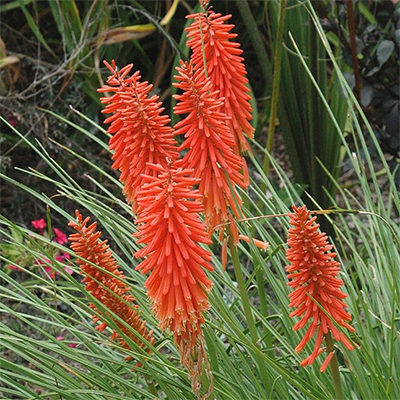
These type of plants are mostly used as decorative plants. They contain more than 900 species. For example aloe asphodelaceae. These succulents have fleshy leaves with spines at the edges. The plants belonging to this genera typically produce flower in leafless stalks.
crassulaceae

There are some 1400 species of 34 -35 genera in crassulaceae family. Most of them are subshrubs and some of them are aquatic plants. The most familiar plants in this group are jade plants and kalanchoe.
Stem Succulents
These type of succulents store water in them stems. These are some commonly found stem succulents:
Apocynaceae
They are commonly known as flower bearing dogbane family. They are trees, shrubs, herbs, vines etc. This family contain a large number of species. These plants have many uses like for making pharmaceutical drugs, as ornamental plants and also a source of rubber. some commonly known species in this family that adorn our garden are Adenium(desert rose), Mandevilla (savannah flower), vinca, nerium, plumeria etc.
Cactaceae:

They are spiny plants with wide range of sizes and shapes. This is our common cactus family. There are about 127 genera of cactaceae family. Most of them grow in desert area. They are mostly leafless spiny stem plants. They are used as ornamental plants, as a source of food for humans and animals, some species are used as herbal medicine and construction material in case of some species.
Malvaceae:
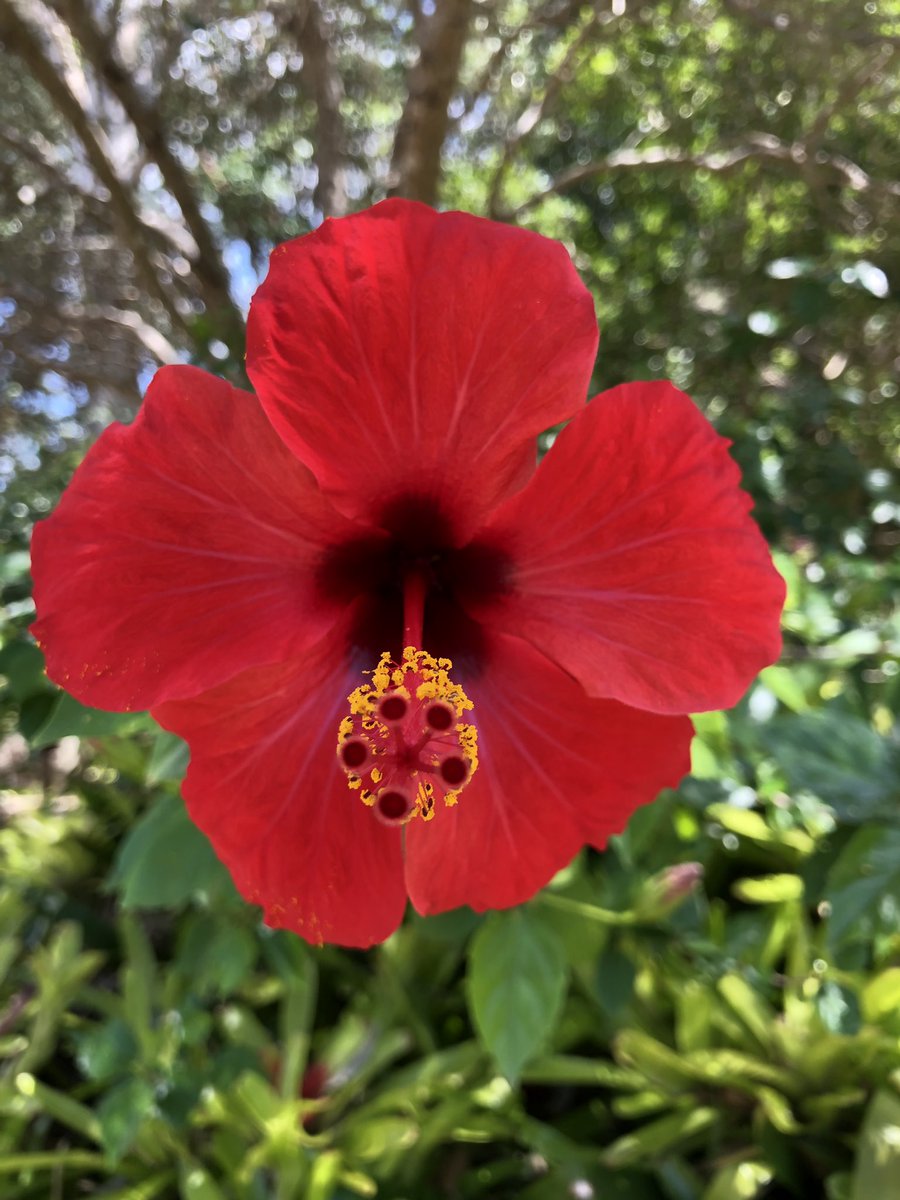
Also known as the mallows has 244 genera and about 4225 known species. These plants have economic importance. For example cotton, cocoa, okra etc. are well known agricultural corps. They also include edible fruits and ornamental plants in our garden like hibiscus.
Euphorbiaceae:
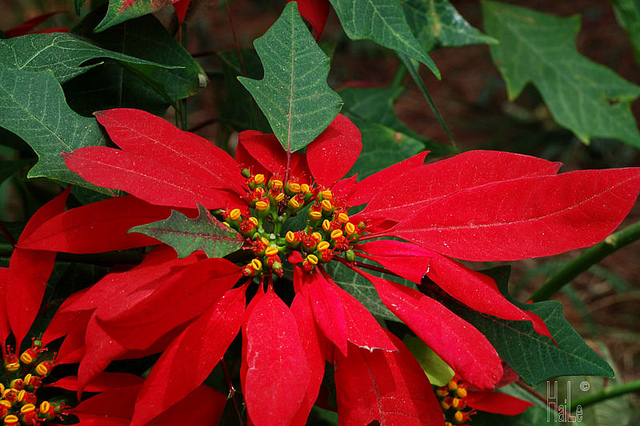
Also called spurge family, that grow in the tropical region. They are typically flowering plants. Due to convergent evolution they have resemblance with cacti. They are generally succulents. A plant commonly know to us in this family is poinsettia.
Cylindropuntia imbricata
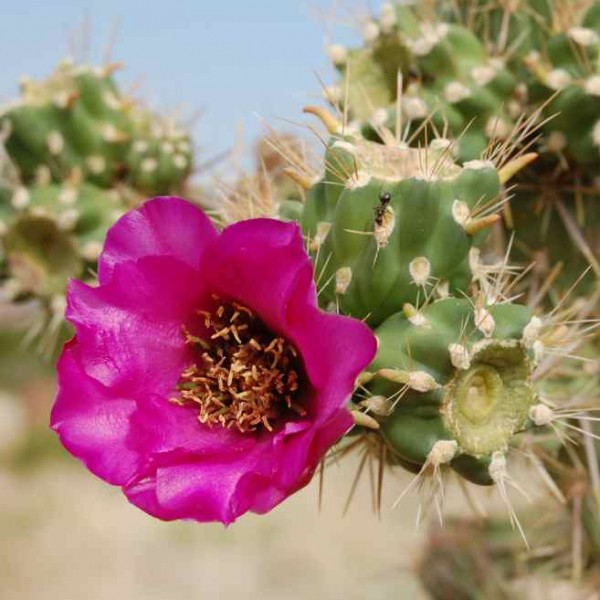
Commonly known as the cane cholla which grows in southern west of US and Mexico. They are shrubby tree like plants with yellowish long lasting fruits.It is commonly called in Australia as Devil’s rope cactus or Devil’s rope pear.
Moringa
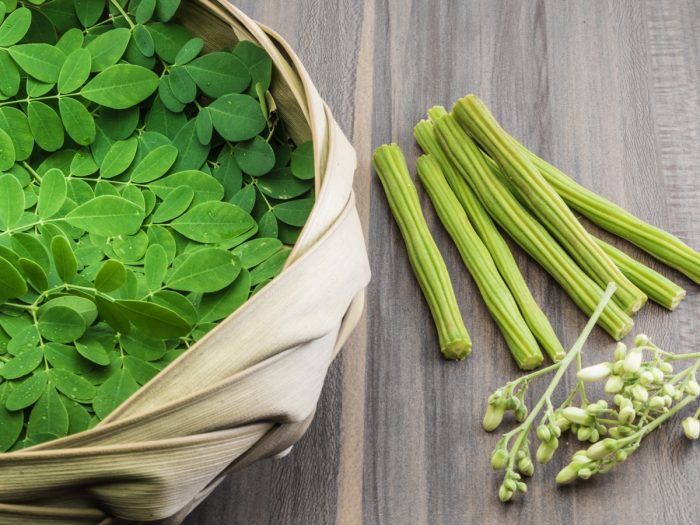
This word is derived from Tamil word murungai meaning ‘twisted pod’. They have 13 species which grow in tropical and subtropical climate. They grow fast and are drought resistant. They have versatile uses as vegetable, herbal medicine and also in water purification. This plant is edible and mostly all of the parts serve as food like the seed pods are called as drumsticks, leaves, flowers and roots.
Here’s the list of succulents which you can Eat right now
Saguaro
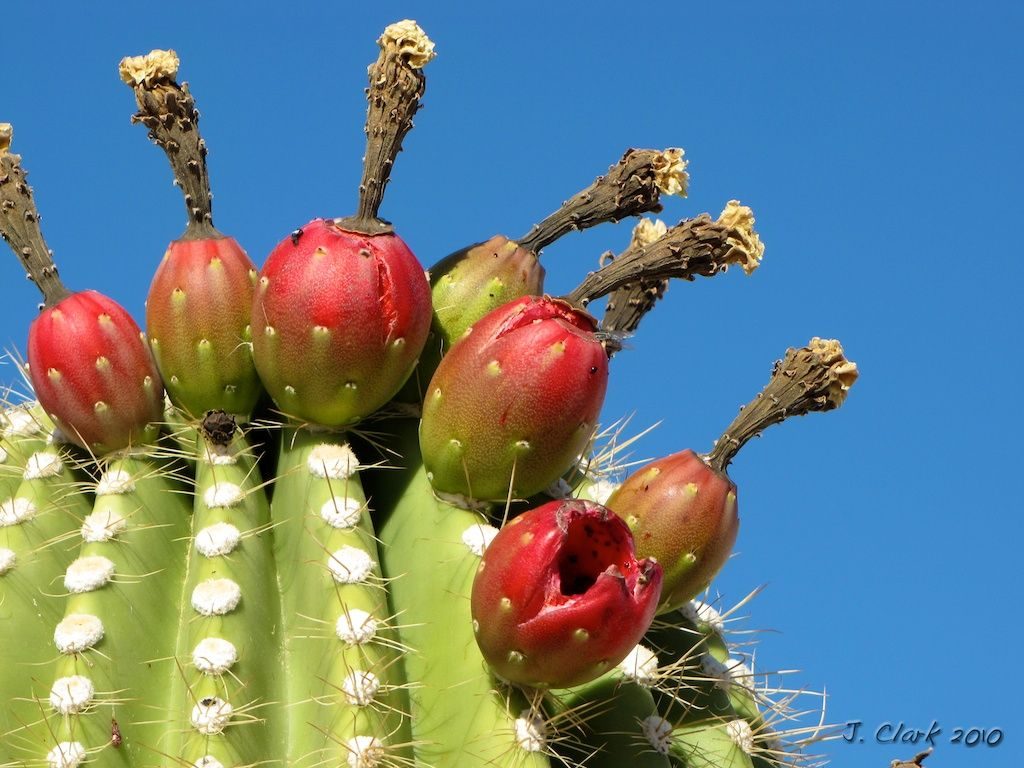
This plants belong to the cactaceae family. They have white flowers which bloom at night. These flowers bear pink fruit which has bright red sweet pulp. This fruit has small black seed which contains nutty flavor. This fruit is used in making jams, syrups, wines, biscuits, sauce etc. It is high in fiber, vitamin c and B12.
How to eat: The ripe fruit will have red tinge.
- It can be eaten raw
- Made into juicy pulp and used for making jam or wine
- seeds can be added to bread and muffins.
How to grow: Saguaro’s are slow growers, taking years to grow about 1 inch in size. At about 35 years it will start flowering, after which it will flower throughout its lifetime. so it might be a long wait for you to grow a saguaro for fruit purpose.
- we can buy saguaro from nursery
- we can also propagate them from cuttings or seeds
Stone Crops
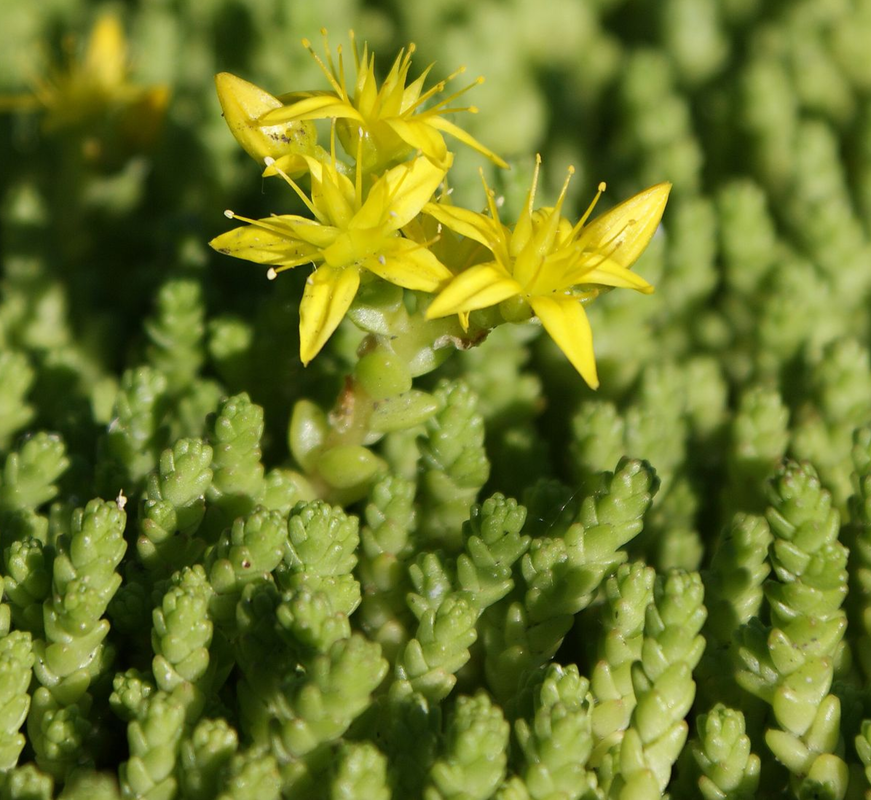
Belonging to the family of Crassulaceae they are leafy succulents. It has red flowering sedums and yellow flowering sedums. This plant has mild peppery leaves with bitter flavor. This leaves are used in salads, stews and stir fries. This leaves benefit in lowering the blood pressure and relieves cough. You should take precaution while eating these leaves because overconsumption can cause stomach irritation.
How to eat : The leafs are the edible part in stonecrops sedum varieties
- It can be eaten raw with salads
- stir fry them or add them with soup
How to grow : They can be grown from seeds or from cuttings.Place then in partial shade and in well drained soil.
Sea Beans
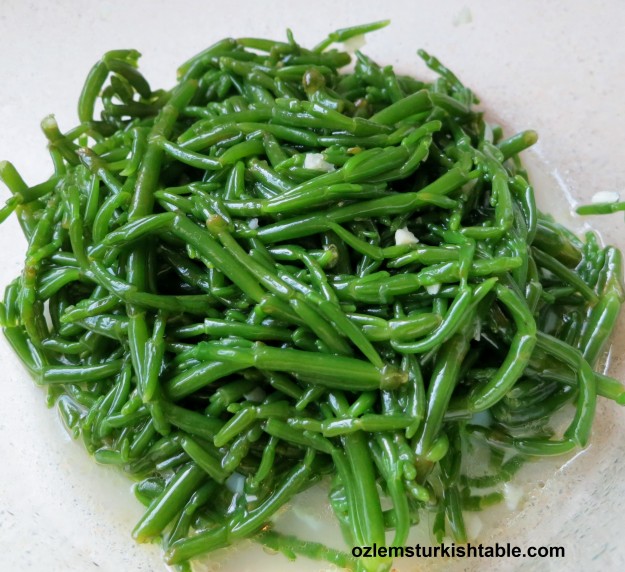
Also known as sea asparagus or salicornia. They belong to the family of amaranthaceae, these grow on salty marshes and sandy beaches. The flavor and the texture of these sea beans is similar to that of asparagus. These sea beans can be eaten raw, can be used in stew and tacos. They are high in protein, calcium, iron and iodine.
How to eat: In raw form these plants are very salty, so it is best to first clean them by blanching in boiling water for a minute then immerse it in ice water. now it is ready for use
- In salads – You can add then in salads with a little olive oil and vinegar. reduce the salt in the recipe as the sea beans saltiness will balance the salt in the recipe
- Stir fry and sauteed to be served as bed for fish and scallops.
- Deep fried as an addition to sandwitches
How to grow: They are easy to grow both indoor and outdoors. Generally found near swap shores. mostly germinated from seeds.
- They grow well in containers on the window sills
- They like to be watered with water containing small quantity of salt
- they like well drained sandy soil
- they like sunny spots for growth
- they reseed them self and grow new plants
Ferocactus
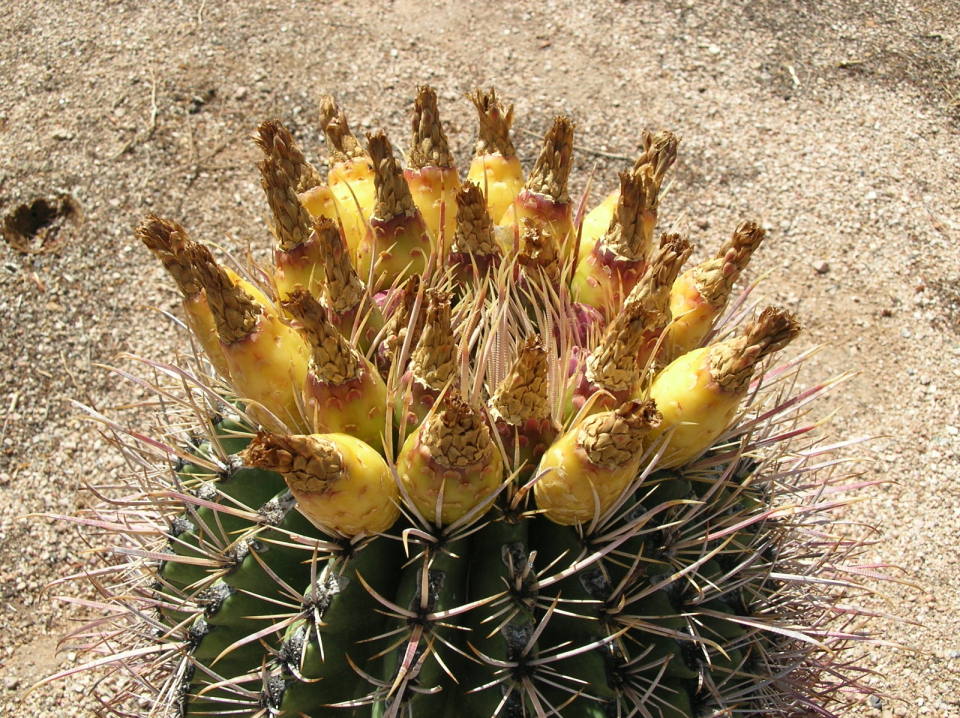
From the name it can be identified that it comes from the family of cactaceae. They are commonly known as barrel cactus.Ferocactus bears bright red flowers along with yellow fruit which resembles mini pineapple. This mini pineapple has slimy pulp with little seeds. The mini pineapple can be used in smoothies, tarts, pies and can also be eaten raw. It contains vitamin A and C.
How to eat: The edible parts are fruits, seeds, flower buds and inner flesh
- Flower buds can be eaten by pickling it
- Seeds are taken by cutting the fruit in half and then drying it out. the dried seeds can be added to bread, soups, smoothies ets. It can also be grinded into flour and used to make cake.
- Fruits – the fleshy part of the fruits are dried and used to make tea instead of lemon. they can be also used to make chutney.
- Flesh – It is an source of water in desert. Burn the outer part to remove spines and then cut them in half to expose the flesh. It has a bitter and soapy taste. we can eat it by mixing with sugar or salt. it can also be made into cactus candy. the flesh contain oxalic acid so over eating them can cause nausea.
How to grow: The cactus can be grown from seeds. Plant the seed in seed tray and place it in a partial sunlit area. make sure to spray with water so that the soil don’t dry out. In 2 to 6 weeks the seeds will start to germinate.Transfer them to pots when they are about 1 year old. Place them in full sun so that they grow straight. water them when the soil is completely dry and they don’t require much fertiliser.
Opuntia
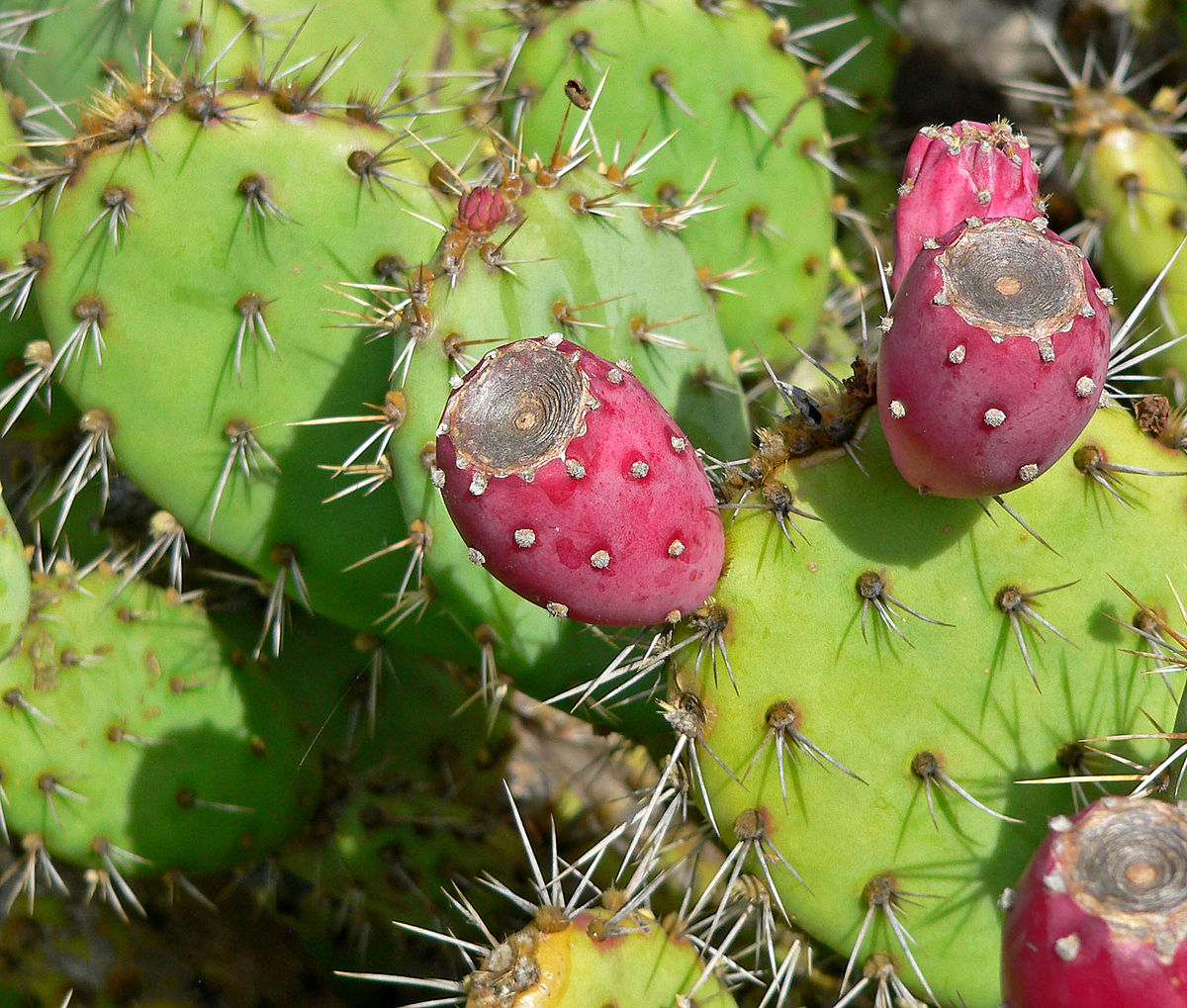
Also belonging from cactaceae family, opuntia bears fruit named tuna which can also be eaten. Opuntia has flat and oval leaves which are little bitter in taste. The leaves are used in salad, soups, salsas etc. The leaves are high in fiber, calcium and vitamin C.
How to eat: The leaf pads, flower petals and the fruits are edible
- Fruit – remove the spines in the fruit. After that remove the thick outer part of the fruit. then slice the fruit into pieces and can be eaten raw. the seeds are dried and made into flour.
- Pads – remove the spines in the pads using vegetable peelers or by burning them. then cut the pads to slices and then they can be eaten by boiling then in water or by grilling them.
- The flower petals are added to salad
How to grow: They will grow in any soil as long as there is good drainage. They are generally maintenance free plants. They can be brought from nurseries. They are fairly easy to propagate you just have to cut off a pad and lay it unburied in soil after a few months it will start to root and grow.
Aloe

The most common and easily available succulent is aloe vera. They belong to the family of Asphodelaceae. It is basically a leaf succulent. The leaves are green in colour surrounded by little spines. The taste of the aloe is very bitter. Mostly aloe is used for skin treatments but it can also be blended into smoothies and salads. Aloe vera is highly rich in vitamin B1, B2, B6, C, E and folic acid.
How to eat: The edible part of aloe is the fleshy part inside the leaf. To eat remove the skin and remove the gel. the yellow liquid should be cleaned and not ingested as it can cause stomach irritation. You can eat the gel raw or mix it with smoothies.
How to grow: They can be grown both indoor and outdoors. They grow well in soil having good drainage. They are easy to grow and propagate. new plantlets develop from the roots of the mother plant.
Dragon Fruit
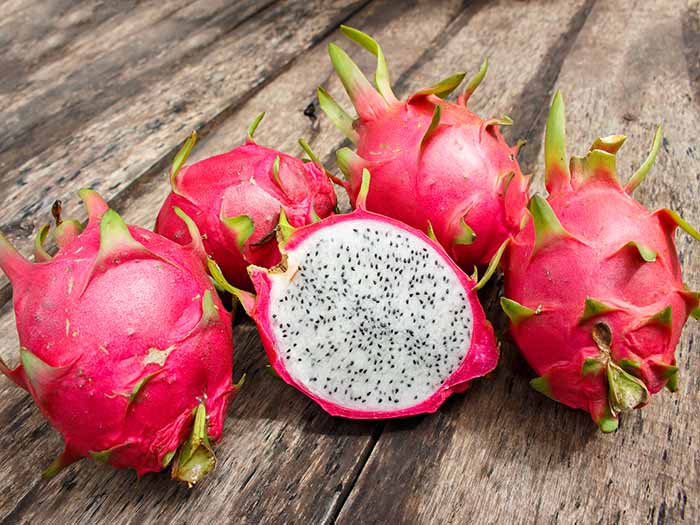
This fruit which got recently famous in the Indian market comes from the family of cactaceae. The fruit of the white night blooming cactus, dragon fruit is pink in colour with white pulp inside. The blend of kiwi and sweet melon makes the flavor of dragon fruit. The dragon fruit can definitely be eaten raw but the smoothies and shakes also taste awesome. Highly rich in fiber, protein, vitamin C, iron, calcium but it is definitely low in calories. So all the people on diet just go and grab some yummy succulent.
How to eat: The fruit is the only edible part. The fruit can be eaten raw. First peel off the outer skin and then scoop out the white fleshy inside with the seeds you can eat them raw or add them to smoothies or shakes.
How to grow: They are heat tolerant plants, which does best in temperature range of 65 to 77 degree F. The plant can be brought from nurseries. They like soil which are mildly acidic, provide them with support for the first four months. They can be grown from both seeds and cuttings. The best way to propagate them is through cuttings.
Blue Agave
It belongs to family of asparagaceae growing up to 4 foot they are in the shade of blue and grey which is decorated with beautiful yellow flowers. Blue agave cannot be consumed directly but it is used in the making of tequila.
How to eat: the most common agave products we hear are tequila and agave syrup. There are some other uses also like:
- Flower – The flower is edible and they need to be boiled or steamed before consumption. The steamed or boiled flower or bud is battered and fried. They can also be added to scrambled egg.
- Leaves – the leaves contain more sap during the winter or spring time, the leaves are harvested during this period. The harvested leaves can be roasted or baked. after baking or roasting they have a caramel flavour. they tend to be highly fibrous so the leaves are chewed and left over fibers thrown away.
- Agave sap – the sap is harvested from the middle of the plant. The sap have sweetness with a slight bitterness. the sap can be consumed fresh or boiled down to make syrup.
- Stalk – the agave leaves and base are trimmed down to reveal the heart of the agave plant. this can be roasted and eaten.
How to grow: Plant agave in well drained soil where it can receive about six hours of sunlight daily. They are short lived with 8 to 14 years lifespan. The plant produces many pups from the base of the rhizome.
There are a wide variety of succulents that grow in all type of climate from the tropical to desert and from the sandy beaches to under water but only some can be consumed. It is very essential while consuming succulent that you have all the required knowledge regarding it. This because some succulents can be dangerous not always in terms of being poisonous but can also cause stomach inflation or allergies. Succulents are tasty and healthy when consumed in right amount and right way.

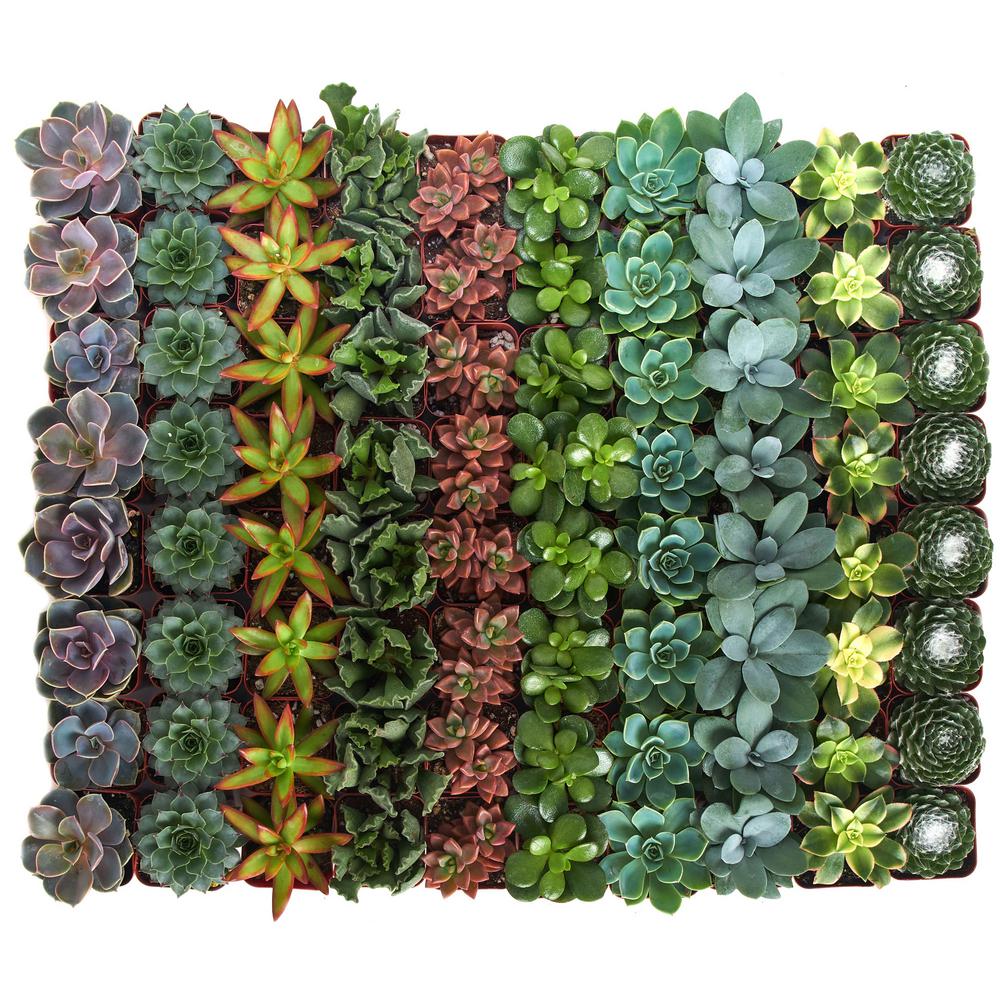
Greetings from Colorado! I’m bored to tears at work so I decided to check out your blog on my iphone during lunch break. I enjoy the info you present here and can’t wait to take a look when I get home. Think my wife will find lots of your stuff useful too. We love growing indoors and outdoors.
Thanks for the great article, this is pretty fascinating to me.